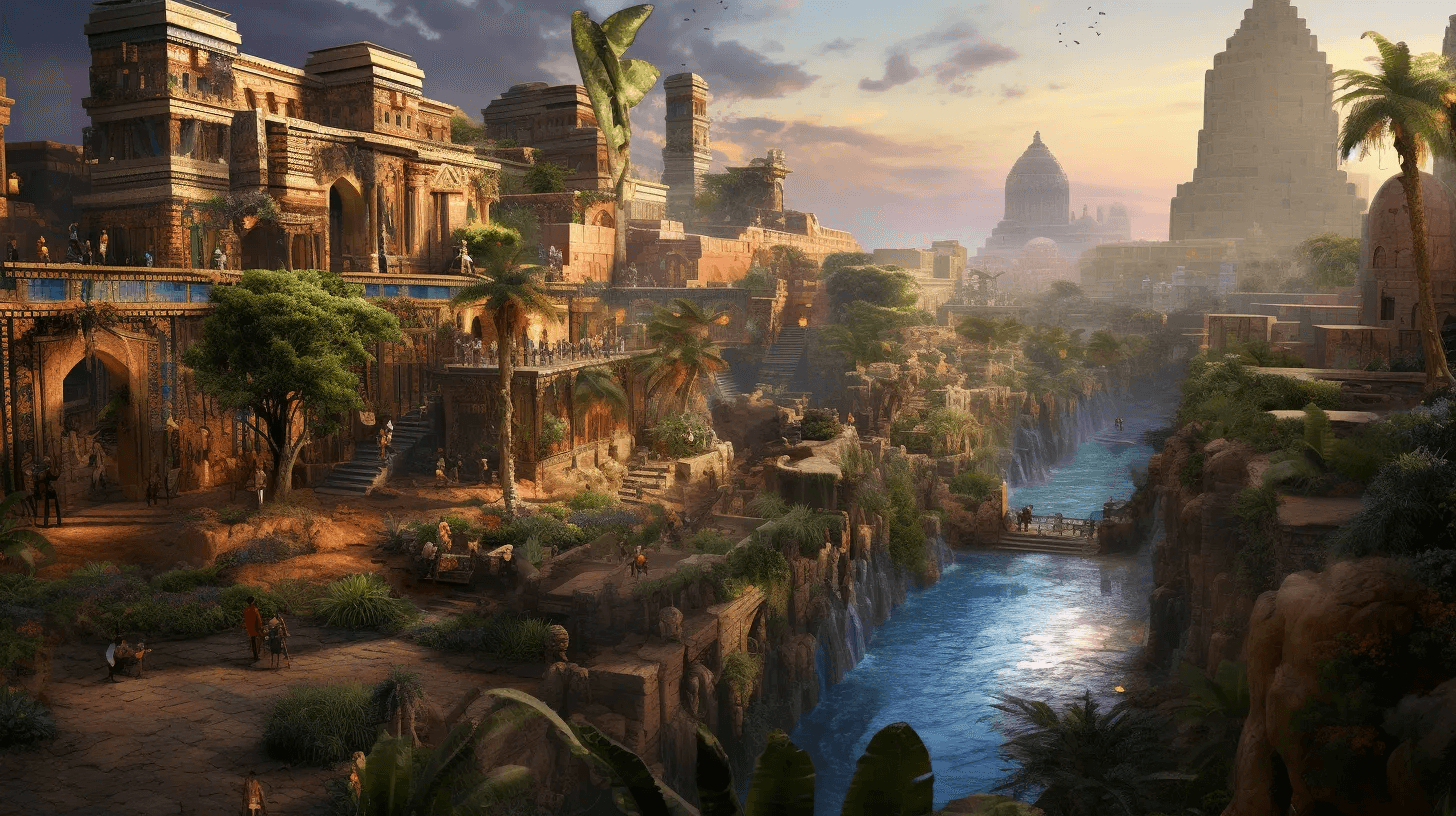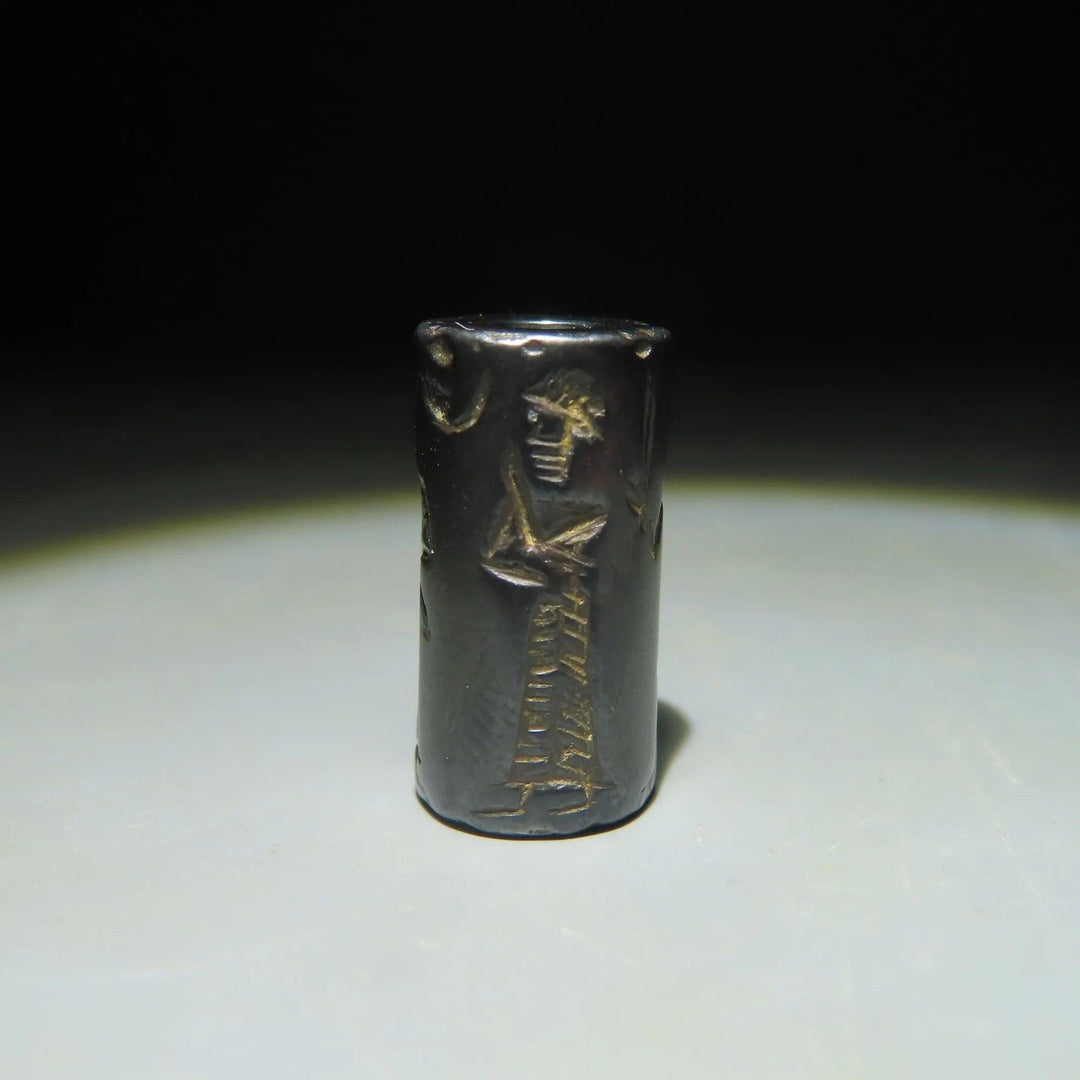
Babylonia: Treasures from the Ancient Mesopotamian Powerhouse (1830BCE - 539BCE)
Unearth the splendor of Babylonia with our genuine artifacts. Dive into the legacy of a civilization known for its majestic ziggurats, intricate cuneiform script, and the legendary Hanging Gardens.
Babylonia - the very name conjures images of grand ziggurats touching the Mesopotamian sky, wise kings delivering justice, and scholars gazing at the stars. Nestled between the Tigris and Euphrates rivers, Babylonia was a beacon of culture, innovation, and power in the ancient world.
Key Contributions:
- Law and Governance: The Code of Hammurabi, one of the earliest and most comprehensive legal codes, was etched on a diorite stele, showcasing the Babylonian emphasis on justice and governance.
- Astronomy and Mathematics: Babylonian scholars made significant strides in the field of astronomy, devising methods to predict lunar and solar eclipses. Their base-60 numerical system is the reason we have 60 minutes in an hour today.
- Literature and Mythology: Epic tales like the Enuma Elish (Babylonian creation myth) and the Epic of Gilgamesh were penned in cuneiform on clay tablets, providing insights into their beliefs and values.
- Architecture: The ziggurats, step-pyramid structures dedicated to the gods, and the legendary Hanging Gardens, one of the Seven Wonders of the Ancient World, showcased their architectural prowess.
Regions: The heart of Babylonia was the fertile region in southern Mesopotamia:
- Babylon: The capital city, a hub of trade, culture, and religion.
- Borsippa: A significant religious center, home to the famed ziggurat, Etemenanki.
- Sippar: Renowned for its sun temple and extensive library of cuneiform tablets.
- Nippur: A religious and cultural center, home to the temple of the god Enlil.
Valued Materials: Babylonians prized various materials for their spiritual, artistic, and practical significance:
- Clay: Used extensively for tablets, bricks, and pottery.
- Lapis Lazuli: A blue gemstone valued for its beauty, used in jewelry and decorative items.
- Bronze: Employed for tools, weapons, and sculptures.
- Gold: Symbolizing divinity and power, it adorned temples, statues, and jewelry.
Relevant Time Periods: Babylonia's history spans several centuries, marked by distinct eras of rise, dominance, and decline:
- Old Babylonian Period (c. 1830–1531 BC): Marked by the reign of Hammurabi and the establishment of the Babylonian Empire.
- Middle Babylonian Period (c. 1531–1000 BC): A phase of external threats and internal strife.
- Neo-Babylonian Empire (c. 626–539 BC): A resurgence of power, with rulers like Nebuchadnezzar II, culminating in the conquest by the Persians.
Step into our curated selection of Babylonian artifacts, each echoing tales of priests, scribes, and the vibrant rhythms of life by the twin rivers. From cuneiform tablets to ornate cylinder seals, immerse yourself in the echoes of an ancient civilization.









